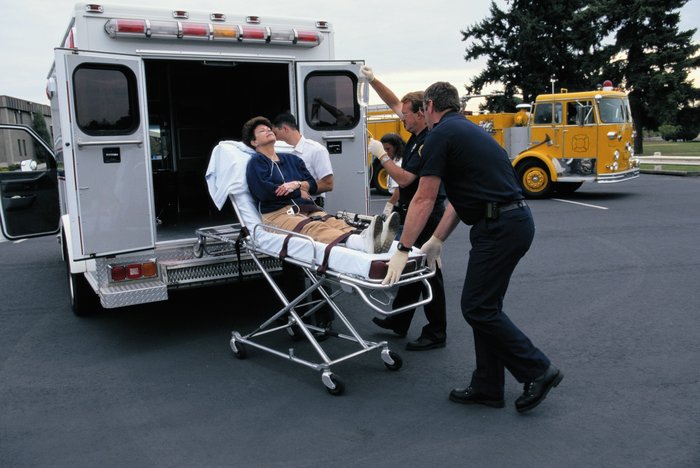
If you serve in an administrative position within your department, you have a lot on your plate. Certifications must be kept up, training requirements must be met, and your personnel must be prepared to respond to an ever-changing EMS landscape, from biological attacks to mass-casualty incidents.
But one of the most crucial responsibilities that administration must fulfill is ensuring the right tools are available for its crews. And one of the most vital tools in a department's EMS arsenal is the portable suction unit.
Number of Units
When gauging your departmental needs for portable EMS suction units, there are many variables to consider. The first is the size of your department. Whether your department is part of a large, urban system or is a rural, volunteer-based organization, you must have enough portable suction units available for each response vehicle. There must also be plenty of backups available, to replace damaged units and for mass-casualty incidents.
What Are Your Needs?
The type of units your department chooses to purchase depends on the nature of the area you cover. Here are some considerations:
Size – For larger departments with numerous personnel, the size and portability of the unit may not be as crucial, but for smaller departments, with limited hands on scene, it will be advantageous to purchase smaller, lighter units that can be stowed in an airway or trauma bag.
Terrain – Portability is also important for departments protecting vast natural landscapes, such as hiking trails, recreational bodies of water, and other off-road activity sites. You may be forced to carry equipment over long distances, which requires smaller, more compact suction units.
Power – Battery life is also a consideration. When power sources are limited, such as during natural disasters and lengthy on-scene times (think vehicle extrications), you may need portable suction units that utilize alkaline batteries or alternative power sources. A dead suction unit is useless, so preplan for such events.
Cost – Always a consideration, when purchasing equipment. But remember: You get what you pay for. When it comes to portable suction, you want units that are durable, sophisticated, and dependable. They must stand up to the rigors of EMS response; have internal components that provide powerful negative pressure; and are backed by research, warranties, and informative literature.
Accessories – Probably the most important aspect of portable suction. You want units that come with an array of catheters, to suit any suction scenario; durable tubing and canisters that can handle any type of bodily fluid; and internal components that are technically sophisticated yet able to endure rough handling and the jostling of emergency response. It is also useful to have units with adjustable pressure, for treating pediatric and geriatric patients. These populations have delicate oral and nasal tissues that may require less negative pressure to prevent trauma.
Maintaining Your Units
Once you have settled on the type and number of units for your department, you must ensure that your portable suction units are maintained. Here are our recommendations:
- Check the batteries at the start of each shift and after each use.
- Test your batteries every few months (manufacturer’s guidelines) and replace if necessary.
- Ensure that all parts of the unit are attached and in good working condition.
- Sanitize the unit after each use.
- Never reuse disposable parts, such as canisters, tubing, and catheters.
- Use a mild detergent to clean the unit, preferably a mixture of bleach and water (1 part bleach/10 parts water).
- Always dispose of biohazardous materials properly.
- Refer to manufacturer’s guidelines for disinfecting your units.
- Never submerge your suction unit—this will damage the internal electronics.
When it comes to portable EMS suction units, gauging your departmental needs requires a holistic approach. Choosing the number and type of units to meet your agency's needs will be based on the size of your department, the characteristics of your response area, and commitment on the part of your personnel to ensure your units are properly maintained.














